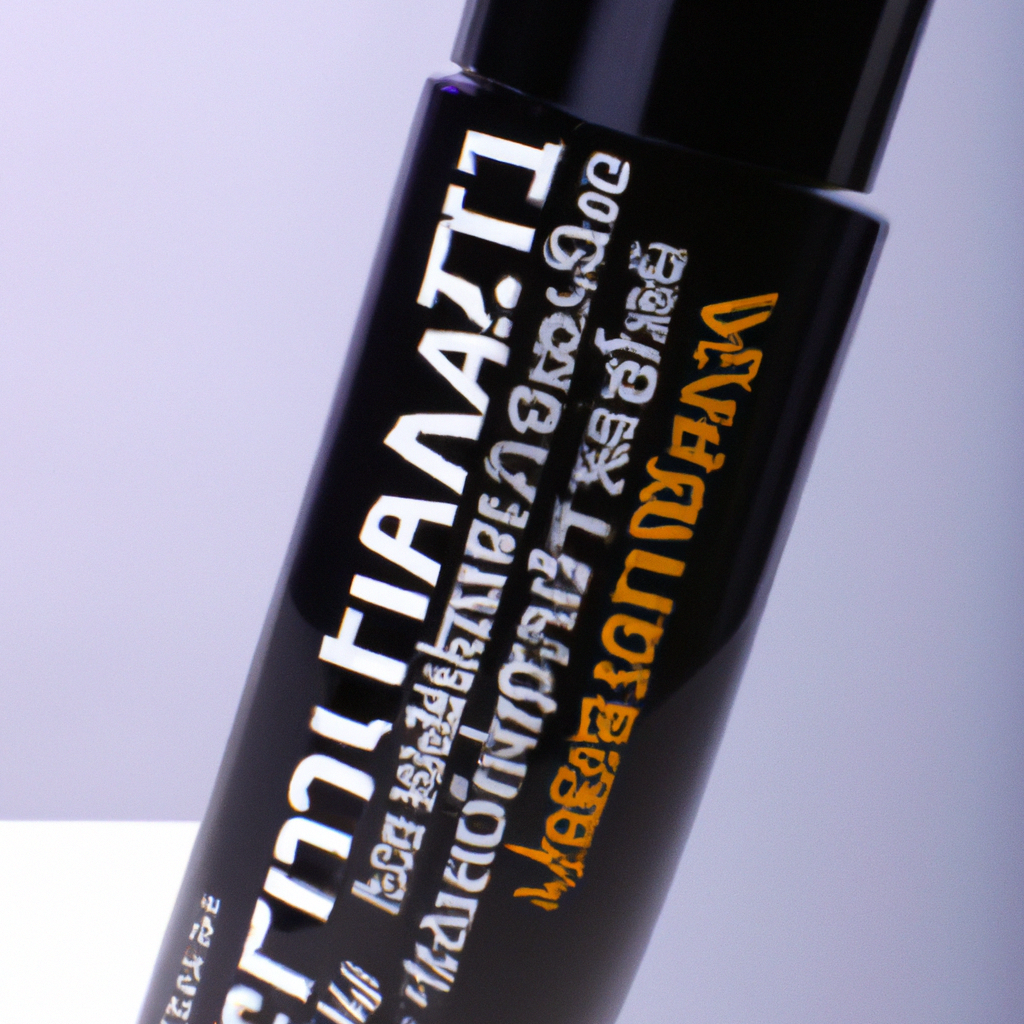Understanding Stability Testing for Luxury Cosmetics
Creating luxury cosmetics requires a keen understanding of the stability of its components. Stability testing is a crucial step in predicting product quality and shelf life for cosmetics. Knowing the amount of time a product is safe for use, and the amount of time a product is safe to store, can greatly improve customer satisfaction and increase the safety profile of products. This article takes a look at stability testing in cosmetics, including its purpose and benefits, definitions and methods, and how to interpret and calculate results.
What is Stability Testing?
Stability testing, also known as shelf-life testing, is a process used to measure the shelf-life and quality of a product over a given period of time. During testing, samples of products are evaluated at different temperatures and humidity levels in order to determine their effectiveness and performance. This information helps manufacturers to determine the quality of their products and ensure that customers get the best value for their money.
Why is Stability Testing Important for Cosmetics?
Cosmetics are intended for sale in the retail environment and have an expiration date. Manufacturers must guarantee the integrity and quality of the product over time to ensure customer safety and satisfaction. Product stability quantitatively examines the ability of a cosmetic to maintain its performance and characteristics throughout its shelf-life. The shelf-life of a product is determined by the shelf-life test. In the event of changing conditions, the manufacturer is obligated to provide clear directions and changes to ensure the product meets the expected standard and remains safe for use.
What Are the Different Types of Stability Testing?
There are several different types of stability tests used to measure the safety and performance of a cosmetic product over time. The most frequent tests are:
Physical Stability
This form of stability testing analyses the physical characteristics of a product over time to measure any changes in temperature (particularly when stored in hot or humid climates) or changes in its appearance. This can include measuring sedimentation, coherence and discoloration, as well as checking for any microbial growth, which can indicate a contamination risk.
Chemical Stability
This form of stability testing analyses the chemical characteristics of products over time to measure any changes in their active ingredients or chemical compounds, such as pH balance, moisture, oxidization, aromatic and functional ingredients. It also tests for any microbial growth, which can indicate a contamination risk.
Microbial Stability
This form of stability testing examines any potential microbial growth that could be present in a product. This helps to indicate the potential risk of contamination, as well as measure any potential changes in the microflora of a product over time.
Stress Stability
This form of testing measures the product’s resistance to stress factors, such as temperature, light, humidity and air pressure. The performance of a product under mechanical stress, such as shock, vibration and compression, is also tested during stability testing. This helps to ensure that a product will retain its performance and characteristics during transportation and storage.
How Do You Interpret Stability Test Results?
The results of a stability test are typically presented in graphical form and marked with a certain number of different values and reference points. This data can be used to calculate the expiration date of a product, while also revealing any potential risks or instances of contamination. Generally, a greater shelf-life indicates a more stable product, while an expiration date that is too short could imply a compromised formulation.
What Are the Benefits of Stability Testing?
Stability testing is an important part of cosmetic product development and helps manufacturers to guarantee the quality and safety of their products. It allows them to control and manage the shelf-life of their products and meet the expectations of their customers. By following industry standard practices for stability testing and correctly interpreting the results of a product’s stability assessment, manufacturers can ensure that their products meet the safety and performance standards of their respective market.
FAQs
What is the purpose of stability testing in cosmetics?
The purpose of stability testing in cosmetics is to measure the shelf-life and quality of a product over a given period of time, as well as determine any potential risks or instances of contamination. This helps to ensure that products remain safe for use and meet the expectations of consumers.
What are the different types of stability tests?
The different types of stability tests used to measure the safety and performance of a cosmetic product over time are physical stability, chemical stability, microbial stability, and stress stability.
How is stability testing data interpreted?
The results of a stability test are typically presented in graphical form and marked with a certain number of different values and reference points. This data is used to calculate the expiration date of a product and gauge any potential risks or instances of contamination.
What are the benefits of stability testing?
The benefits of stability testing include:
-
- Guaranteeing the quality and safety of a product
-
- Controlling and managing a product’s shelf-life
-
- Meeting the expectations of consumers
-
- Ensuring products meet safety and performance standards
Ensuring Product Quality and Safety with Stability Testing
Introduction
Creating luxury cosmetics involves not only crafting exquisite formulas and stunning packaging but also ensuring the longevity and safety of the products. Stability testing plays a vital role in predicting product quality and shelf life for cosmetics, ultimately enhancing customer satisfaction and product safety. In this article, we will delve deeper into the world of stability testing for luxury cosmetics, exploring its purpose, benefits, methods, and interpretation of results.
Understanding Stability Testing
Stability testing, also known as shelf-life testing, is a meticulous process that evaluates the quality and longevity of a cosmetic product over a specific duration. By subjecting samples to various temperatures and humidity levels, manufacturers gain valuable insights into the product’s performance and effectiveness. This data enables them to make informed decisions about product quality, ensuring customers receive exceptional value for their investment.
Why Stability Testing Matters
Stability testing holds immense significance in the cosmetics industry due to the nature of retail environments and product expiration dates. Manufacturers bear the responsibility of guaranteeing the integrity and quality of their products over time, prioritizing customer safety and satisfaction. Through stability testing, cosmetics undergo quantitative assessment to determine their ability to maintain performance and characteristics throughout their shelf life. In case of changing conditions, manufacturers must provide clear instructions and any necessary changes to ensure the product meets expected standards and remains safe for use.
Different Types of Stability Testing
To comprehensively evaluate the safety and performance of cosmetic products, various types of stability testing are employed. These tests include:
Physical Stability
Physical stability testing focuses on analyzing the product’s physical characteristics over time, monitoring temperature changes (especially in hot or humid climates), and detecting alterations in appearance. It involves measuring sedimentation, coherence, discoloration, and also checking for microbial growth, which could indicate a potential contamination risk.
Chemical Stability
Chemical stability testing examines the chemical properties of products over time, detecting any changes in active ingredients or chemical compounds. This analysis encompasses factors such as pH balance, moisture levels, oxidization, and the stability of aromatic and functional ingredients. Additionally, this testing method helps identify any microbial growth, ensuring the absence of contamination risks.
Microbial Stability
Microbial stability testing specifically focuses on assessing the presence of microbial growth within a product. By monitoring microbial flora over time, manufacturers can identify any changes that may occur and evaluate the potential risk of contamination.
Stress Stability
Stress stability testing involves subjecting the product to various stress factors such as temperature, light, humidity, air pressure, as well as mechanical stress like shock, vibration, and compression. This rigorous testing ensures that the product maintains its performance, characteristics, and structural integrity during transportation and storage.
Interpreting Stability Test Results
Stability test results are typically presented in graphical form, featuring different values and reference points. By analyzing this data, manufacturers can calculate the product’s expiration date and identify potential risks or instances of contamination. A longer shelf life generally indicates a more stable product, while a shorter expiration date may indicate a compromised formulation. Thorough interpretation of stability test results empowers manufacturers to make informed decisions regarding product viability and safety.
The Benefits of Stability Testing
Stability testing brings several invaluable benefits to cosmetic product development and manufacturers. Some of the key advantages include:
- Guaranteeing Product Quality and Safety: Stability testing ensures that cosmetic products meet the highest standards of quality and safety, instilling confidence in both manufacturers and consumers.
-
Controlling Shelf Life:
By conducting stability tests, manufacturers gain control over the shelf life of their products, enabling them to deliver exceptional quality and freshness to customers. - Meeting Consumer Expectations: Stability testing helps manufacturers meet and exceed the expectations of discerning consumers who seek long-lasting, high-performing cosmetics.
- Ensuring Safety and Performance: Through stability testing, manufacturers ensure that their products adhere to stringent safety and performance standards, safeguarding consumer well-being.
By employing industry-standard practices for stability testing and diligently interpreting test results, cosmetic manufacturers can establish themselves as leaders in the market, delivering exceptional products that meet the highest standards of quality and safety.
FAQs
What is the purpose of stability testing in cosmetics?
Stability testing in cosmetics serves the purpose of measuring a product’s shelf life and quality over a specific duration, while also identifying potential risks or instances of contamination. Its primary objective is to ensure that cosmetic products remain safe for use and meet consumer expectations.
What are the different types of stability tests?
The different types of stability tests employed in cosmetics are physical stability, chemical stability, microbial stability, and stress stability. Each type focuses on specific aspects of a product’s performance and longevity.
How is stability testing data interpreted?
Stability testing data is typically presented graphically, featuring various values and reference points. By analyzing this data, manufacturers can calculate a product’s expiration date and identify any potential risks or instances of contamination, aiding in informed decision-making.
What are the benefits of stability testing?
Stability testing offers numerous benefits, including guaranteeing product quality and safety, controlling the shelf life of products, meeting consumer expectations, and ensuring adherence to safety and performance standards.






